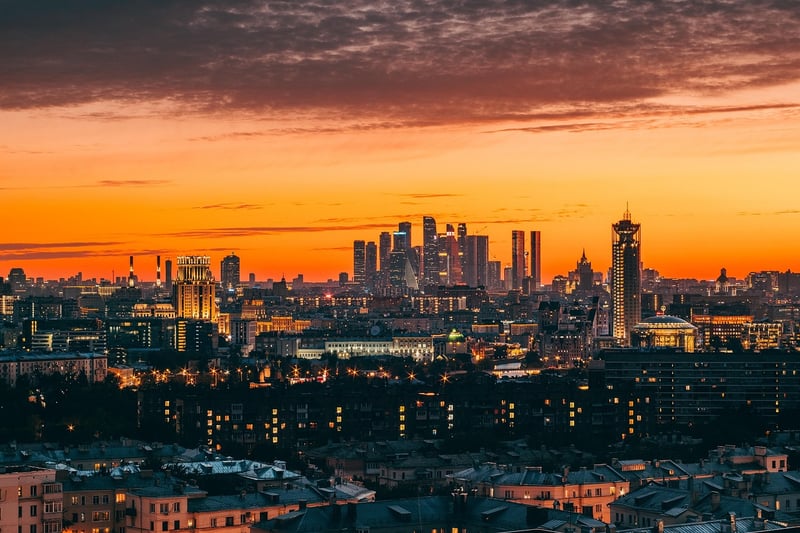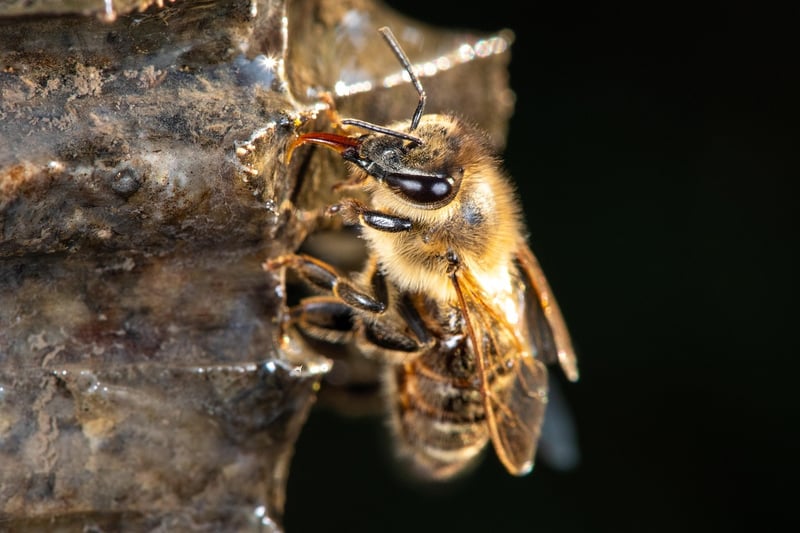Pollinator Habitats
Bringing Nature to Your City: Creating Pollinator Habitats

Urban areas are often seen as concrete jungles devoid of wildlife. However, it is possible to attract nature to your city by creating pollinator habitats. These habitats not only support bees, butterflies, birds, and other wildlife but also add beauty and diversity to urban landscapes.
Why Pollinator Habitats Matter
Pollinators play a crucial role in our ecosystem by facilitating the reproduction of plants. Bees, butterflies, and other pollinators help pollinate flowers, fruits, and vegetables, ensuring the production of seeds and fruits. By creating pollinator habitats in urban areas, we can support these vital creatures and promote biodiversity.
How to Create Pollinator Habitats in Your City
- Choose Native Plants: Select native plants that are adapted to your region's climate and soil conditions. Native plants attract local pollinators and require less maintenance.
- Create Diverse Habitats: Include a variety of plants that bloom at different times to provide food for pollinators throughout the year. Add nesting sites like bee hotels and birdhouses.
- Reduce Pesticide Use: Minimize the use of pesticides in your garden to protect pollinators from harmful chemicals.
- Provide Water Sources: Set up shallow dishes or birdbaths with rocks for pollinators to drink safely.
- Get the Community Involved: Encourage your neighbors, local schools, and community groups to create pollinator-friendly spaces in urban areas.
Benefits of Pollinator Habitats
Creating pollinator habitats in urban areas offers a range of benefits:
- Supporting pollinators and local wildlife
- Enhancing biodiversity in cities
- Improving air quality
- Increasing green spaces and beautifying neighborhoods
- Providing educational opportunities for the community
By taking small steps to create pollinator habitats in urban areas, we can make a big difference in supporting wildlife and promoting a healthier environment for everyone.
Start today and watch your city come alive with the buzz of bees, the flutter of butterflies, and the songs of birds.
